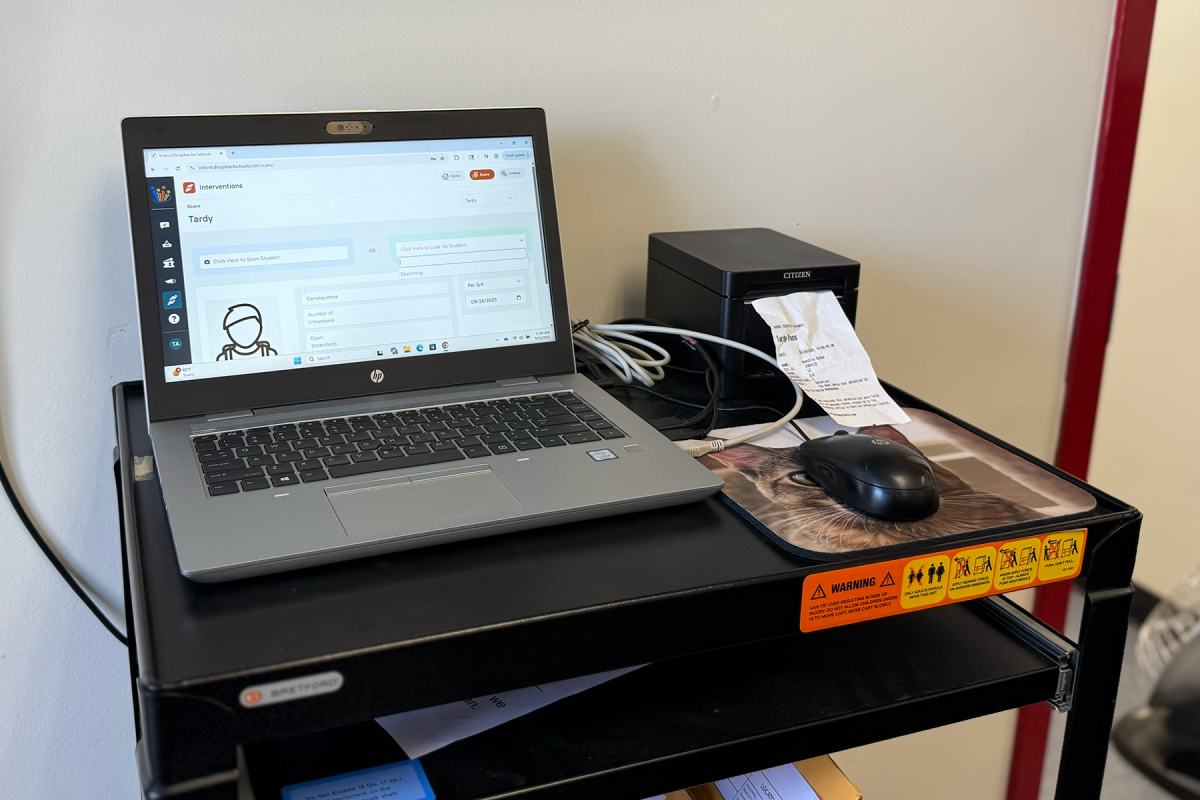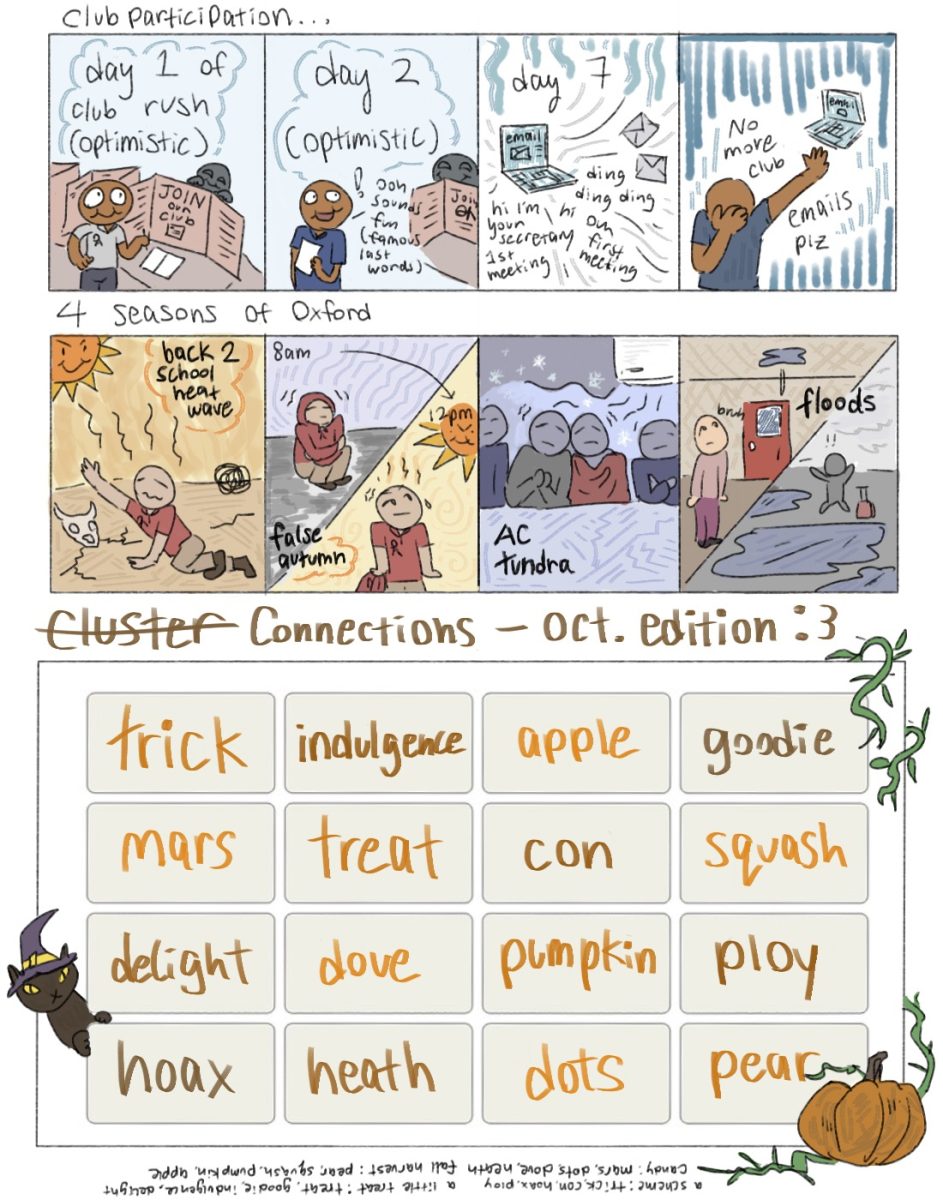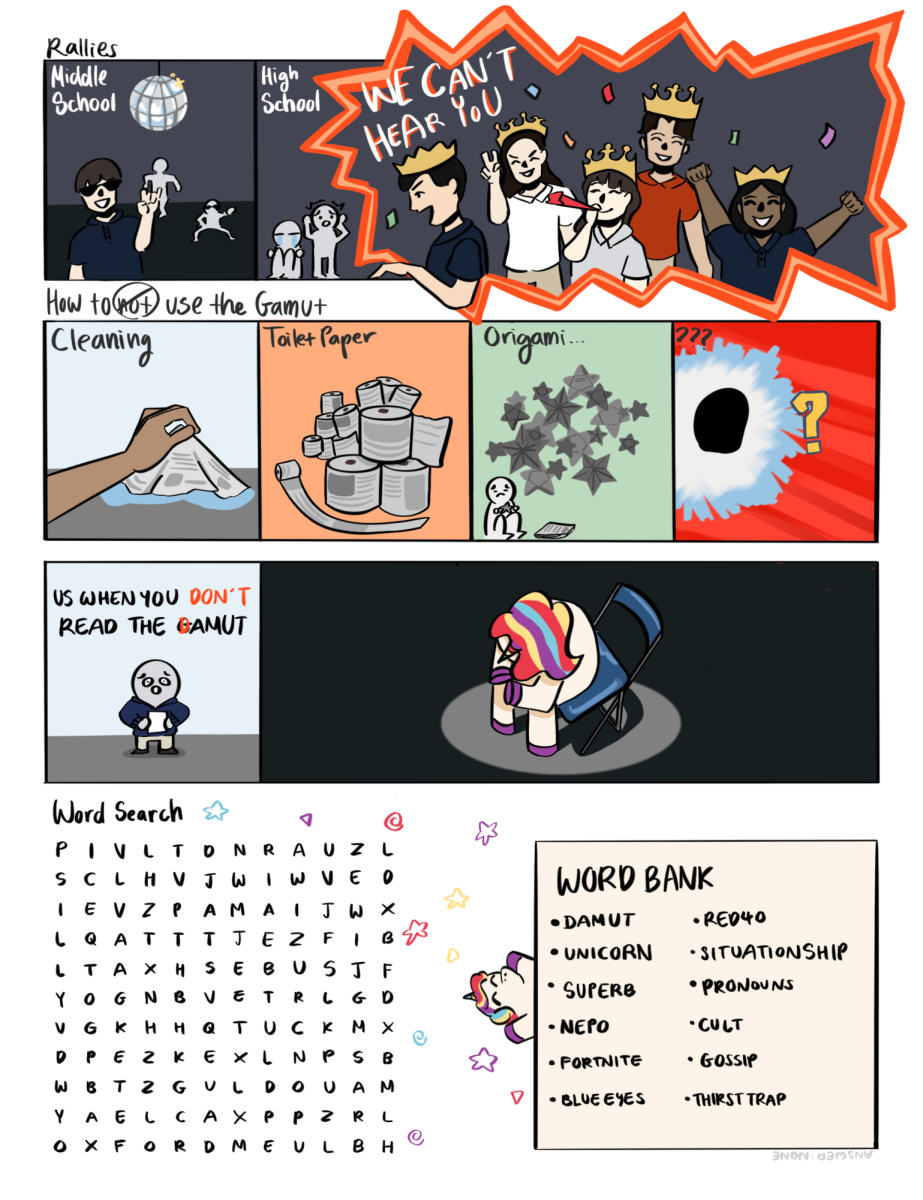When thinking of music production, many people think of fancy recording studios and expensive equipment; however, today anybody can produce music on their laptop or phone in their bedroom. Steve Lacy, a six-time Grammy Award nominee, began producing on his iPhone. While music production may appear intimidating, many mainstream songs are simpler than you think. Take the first step and begin your producing journey over winter break and into 2025.
Acquire the right tools
The first step to producing is acquiring the necessary equipment. Download a Digital Audio Workstation (DAW), a software program that provides tools to produce fleshed-out beats, like plugins and virtual instruments. Beginner-friendly DAWs include Garageband and Bandlab which are free, accessible, and user-friendly.
Set your foundation
After finding a DAW, set the foundation for your beat with a chord progression or a sample. A chord progression — a sequence of chords, typically 4 bars — sets the mood and supports the main melody. Major chords sound bright, while minor chords are melancholic. Alternatively, samples — audio files from pre-existing recordings — can open a world of creative possibilities and add complexity to your beat. Samples can be chopped up, looped, transposed, etc., giving old snippets new life.
Create your rhythm
Rhythm is essential and adds structure and movement. The snare provides a steady tempo for your beat. Set the groove for your beat with kicks, deep thumps that act as the driving force for your drums. Your hi-hats, a series of quickly repeated “chick”s, fill the space between the snare and kick. Additional percussion, like cymbals, cowbells, and tambourines, can create rhythmic layers that are dynamic and engaging. Construct basslines to complement your drums, adding groove and depth by filling in the low frequencies.
Make your melody
The melody is the emotional core of your beat and is the listener’s primary focus that they can hum along to. There are multiple ways to construct a lead, the main instrument in the musical foreground. One of the easiest is to hum with your chord progression and play the notes you have in mind. Constructing good melodies comes with practice, and it’s important to be creative and go with the flow of the beat. Keep your melody simple and catchy.
Arrange and mix your beat
Mixing and arranging are the final steps to creating a cohesive beat. After completing your loop, build your song’s intro, verses, and hooks. If you’re unsure how to arrange your beat, reference your favorite songs and break down their structure. Mix your tracks by adjusting volumes, adding effects, and EQing to create a balanced song. Mixing relies heavily on your ears to ensure that no tracks are overpowering.
You have now made your first beat, a big step in learning the art of music production. As you continue, you will learn new techniques and develop a unique style and sound. Everything comes with practice, and there is no one way to make a beat so be creative and create as many beats as possible.

























































